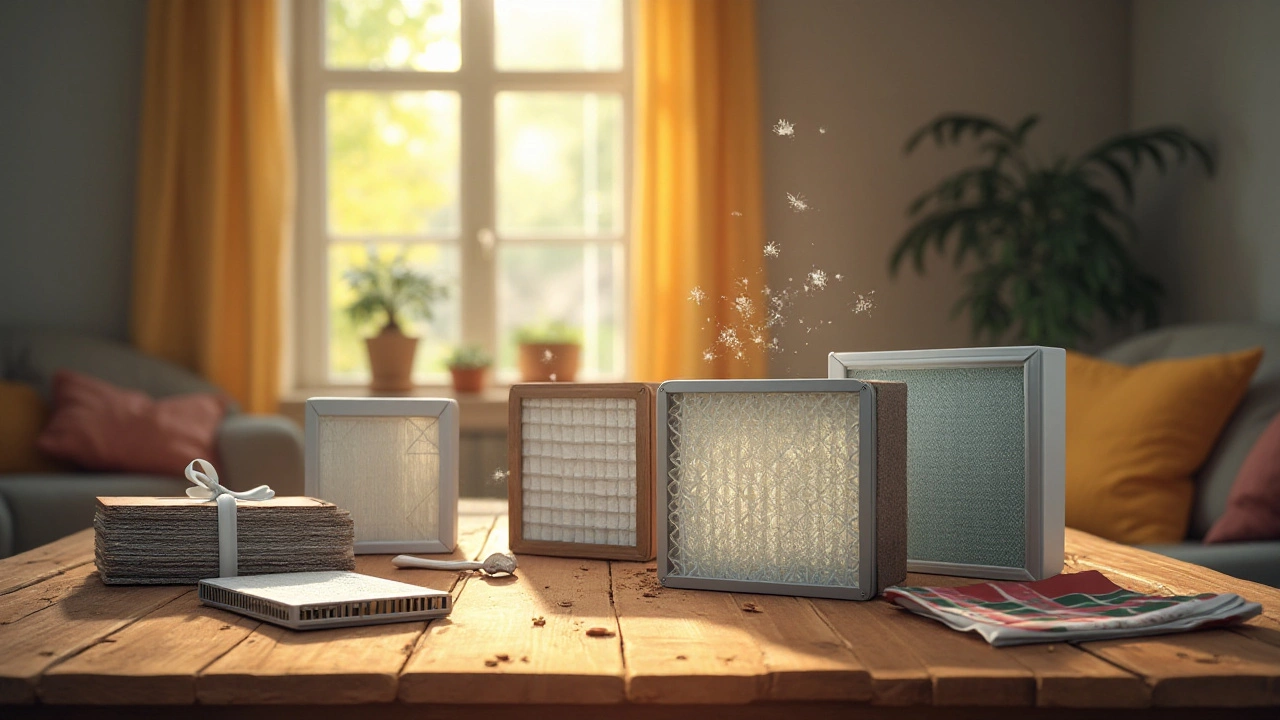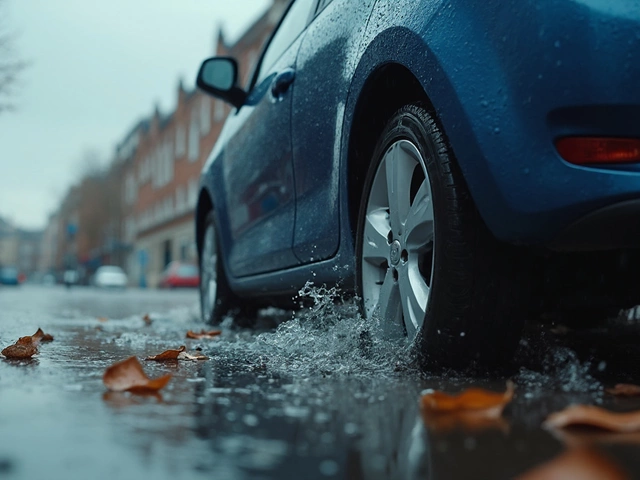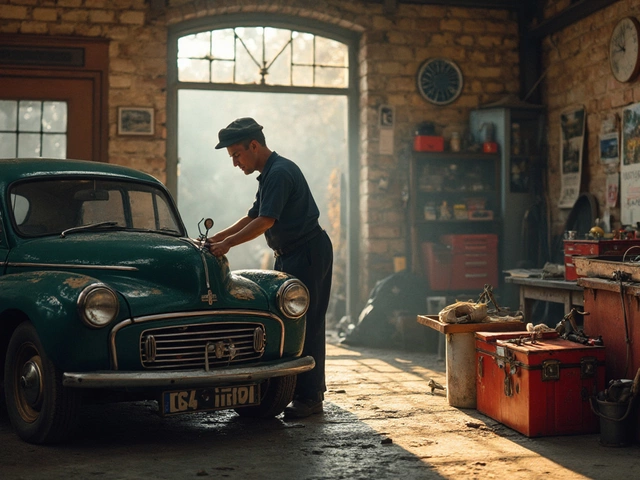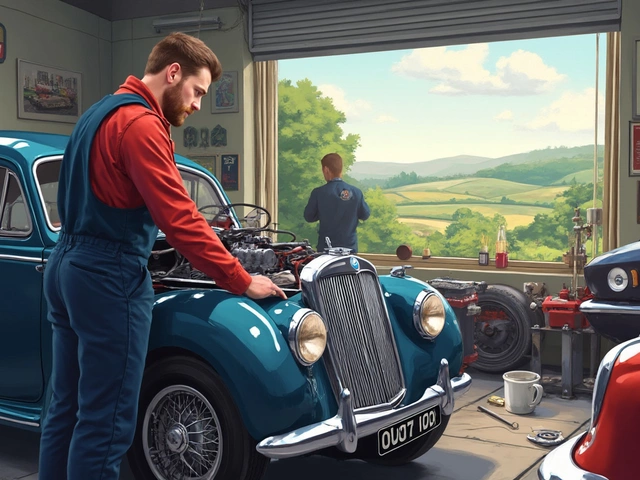Clean Air Tips for Your Car: How to Breathe Easy on the Road
Ever notice dust, smells, or a stuffy feeling inside your car? That’s a sign the air inside isn’t as clean as it could be. Bad air doesn’t just make the ride uncomfortable – it can affect your health and even your engine’s performance. The good news? You can fix most of these problems with a few easy steps and the right filter.
Why clean air matters for your car
The air your engine breathes is the same air you breathe inside the cabin. A clogged or cheap air filter lets dust, pollen, and tiny particles slip into the engine. Those particles wear down pistons, lower fuel efficiency, and can cause costly repairs. Inside the cabin, poor filtration means you’re inhaling allergens and smoke every time you drive. Over time, that can irritate lungs and make cold or allergy symptoms worse.
Another hidden issue is the HVAC system. When the system works with a dirty filter, the fan has to push harder, which drains the battery faster and makes the air feel warmer in summer or colder in winter. A clean filter helps the climate control work efficiently, keeping you comfortable and saving a little fuel.
Choosing the right filter for clean air
There are three main types of car air filters: paper, foam, and premium cotton or synthetic (often called “high‑flow”). Paper filters are cheap and work fine for everyday driving, but they trap most particles and need replacement every 12,000‑15,000 miles. Foam filters can be rinsed and reused, but they let more airflow through, which is good for performance but may let tiny dust pass.
Premium filters, like those with a higher MERV rating, strike a balance. A MERV 13 filter, for example, catches most pollen, mold spores, and even some bacteria while still letting enough air for the engine. These filters are a bit pricier but last longer and improve cabin air quality. If you drive in dusty areas or have allergies, stepping up to a premium filter is worth it.
When picking a filter, check the vehicle’s manual for the recommended size and airflow rating. Installing the wrong size can cause leaks, letting unfiltered air sneak in. Most auto parts stores will match the filter to your make and model – just give them the car’s year, make, and model, and they’ll find the right part.
Changing a filter is a quick DIY job. Open the engine bay, locate the rectangular box (usually near the front), release the clips, pull out the old filter, and slide the new one in. Make sure it sits snugly, then close the clips. For the cabin filter, you’ll usually find it behind the glove box or under the dashboard. The steps are similar: remove the old, drop the new in, and reassemble.
Besides swapping filters, keep the intake area clean. Remove leaves, mud, and debris that can collect around the filter housing. A clean intake means the filter does its job better and lasts longer.
Finally, remember to schedule regular checks. A good rule is to inspect the filter every 6,000 miles – look for dirt buildup or a dark appearance. If it looks dirty, replace it sooner. This habit saves you from surprise engine problems and keeps the cabin fresh.
Bottom line: clean air inside your car is simple to achieve. Choose the right filter, change it on time, and keep the intake area tidy. You’ll notice smoother engine performance, better fuel mileage, and a healthier ride for you and your passengers. Stay safe, breathe easy, and enjoy the road.
 1 February 2025
1 February 2025
How to Clean Your Home Air Filter: Step-by-Step Guide
It's a common question among homeowners: Can we clean our air filters rather than replacing them? While some air filters are designed to be disposable, others can be cleaned to extend their lifespan. Discover practical tips, know when to clean or replace, and learn how to maintain air quality at home effectively in this insightful guide.






0